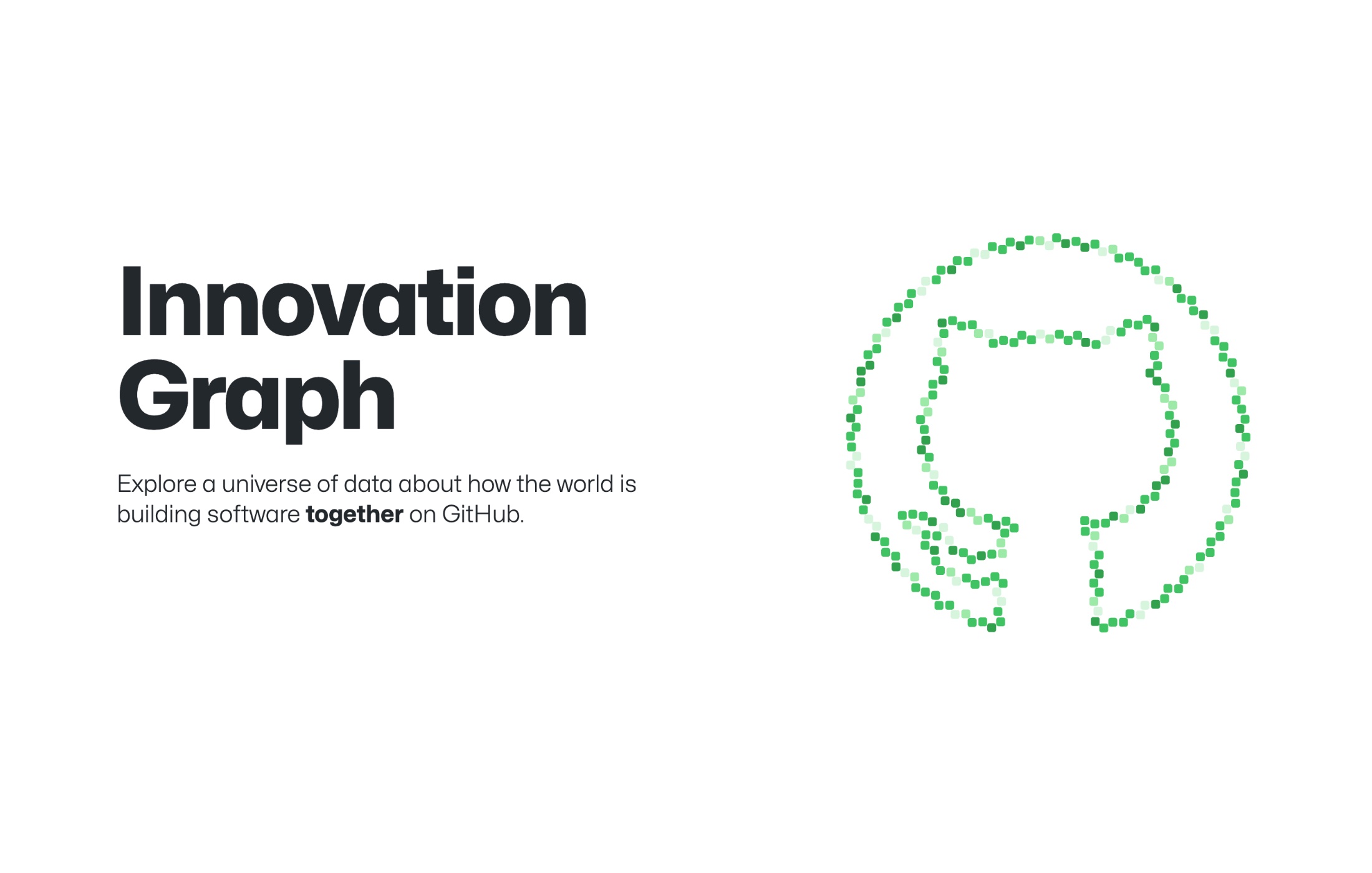
GitHub has unveiled its Innovation Graph, an open data and insights platform for measuring and understanding the global impact of developers.
The ambitious initiative aims to address a longstanding challenge faced by policymakers and researchers: the lack of reliable and comprehensive data on trends in software development.
Understanding the Innovation Graph
The Innovation Graph is a repository of longitudinal metrics that track software development across economies worldwide. This impressive resource, launched with its dedicated webpage and repository, offers a treasure trove of data dating back to 2020.
Included in this wealth of information are quarterly updates on Git pushes, developer statistics, organisation insights, repository details, language preferences, licensing data, trending topics, and collaborations within the global economy.
GitHub has also made this data available for download, licensed under CC0 1.0.
A resource for all
GitHub anticipates that the Innovation Graph will serve a diverse audience, including researchers, policymakers, and developers.
A study commissioned by GitHub highlighted the significant interest in GitHub data within international development, public policy, and economics fields. However, the study revealed that accessing and using this data had been fraught with challenges.
The Innovation Graph aims to remove these barriers and democratise access to valuable data. This move is set to benefit researchers from various domains, offering them aggregated data that was previously either inaccessible or required the intervention of third-party data providers.
Knut Blind from Fraunhofer ISI emphasised the importance of GitHub’s data, stating:
“The data about the contributions to GitHub were essential for us to assess the impact of open source for the European Union in our report on behalf of DG Connect of the European Commission and follow-up papers.”
GitHub’s commitment to providing this crucial data will undoubtedly facilitate empirical studies on open source’s global economic impact.
Empowering developers and policymakers
For developers, the GitHub Innovation Graph promises to provide a broader context for their contributions—allowing them to explore how developers collaborate on a global scale and how their preferred programming languages and topics trend worldwide. This contextual insight could be invaluable for developers seeking to align their contributions with broader industry trends.
From a policymaker’s perspective, GitHub’s move aligns with the goals of promoting digital transformation and well-paid job opportunities. Research suggests that open-source contributions on GitHub are correlated with increased innovation and substantial economic growth.
With easier access to data, researchers can produce more compelling studies, potentially leading to policies that foster developer opportunities and contribute to global economic growth.
A platform for creativity
GitHub’s decision to release the Innovation Graph as a data resource for community use opens up a world of possibilities. Developers, researchers, and data enthusiasts can now explore trends, conduct research, create visually engaging visualisations, and showcase how their contributions fit into the broader landscape.
GitHub’s commitment to continuous improvement is evident in its call for user feedback. They encourage users to open issues in the repository, demonstrating their dedication to enhancing the Innovation Graph’s utility as a tool for demonstrating the global impact of developer collaboration.
In the coming months, GitHub plans to release additional insight reports on topics of interest to the developer community, policymakers, and researchers.
See also: GitHub opens Copilot Chat to all developers

Looking to revamp your digital transformation strategy? Learn more about Digital Transformation Week taking place in Amsterdam, California, and London. The comprehensive event is co-located with Cyber Security & Cloud Expo.
Explore other upcoming enterprise technology events and webinars powered by TechForge here.







